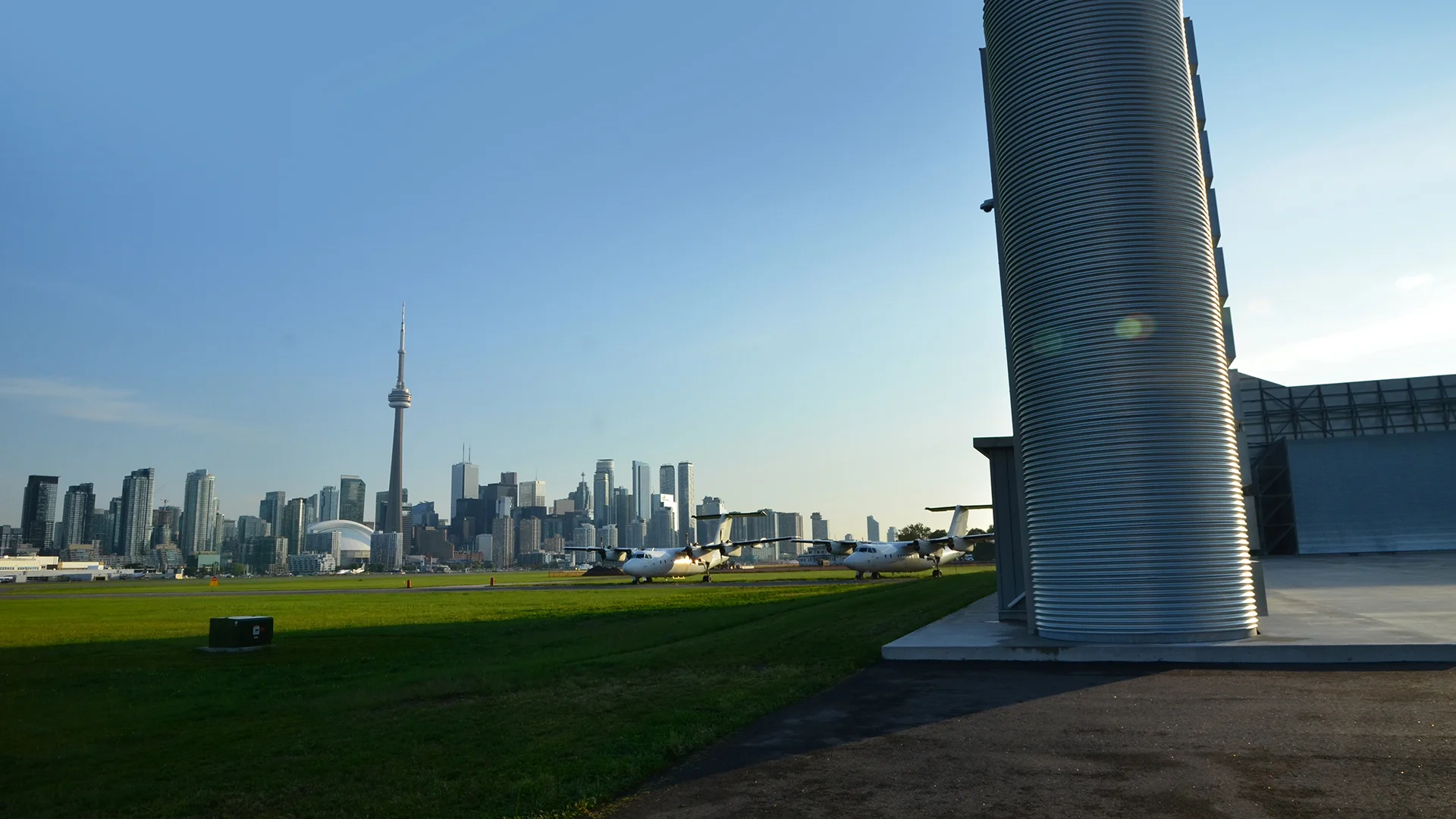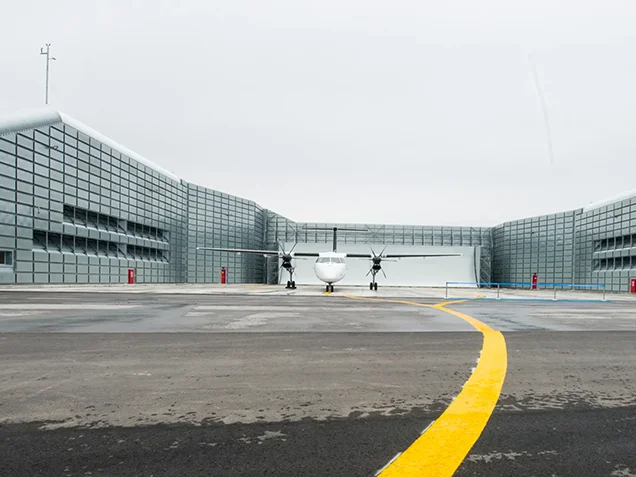20 Total Complaints
| Total Aircraft Related | 20 |
| Total Ferry Related | 0 |
| Total Construction Related | 0 |
| Total Mainland Ops Related | 0 |
| Other | 0 |
Complaints by Activity
Total Aircraft Related
Total Ferry Related
Total Construction Related
Total Mainland Ops Related
Other
20 Complaints of Aircraft Operations By Type
| Scheduled Commercial Service | 10 |
| General Aviation | 7 |
| Medevac | 0 |
| Police Helicopters | 0 |
| Helicopters | 3 |
| Military | 0 |
| No associated aircraft movement found | 0 |
| General | 0 |
| Engine Run | 0 |
| Uncorrelated | 0 |
| Curfew Violations | 0 |
December 2022 compared to December 2023
33%
YTD 2022 compared to YTD 2023
18%
Complaint Turnaround Commitment Met
100%



